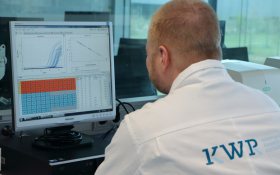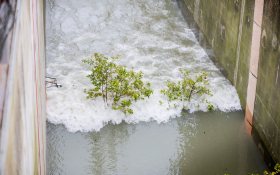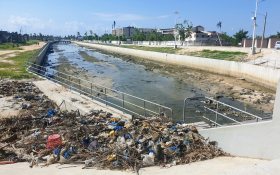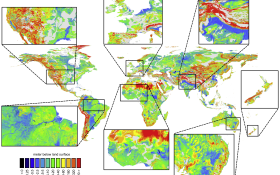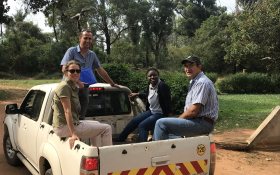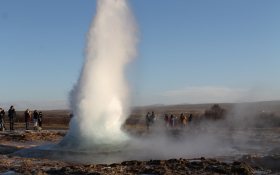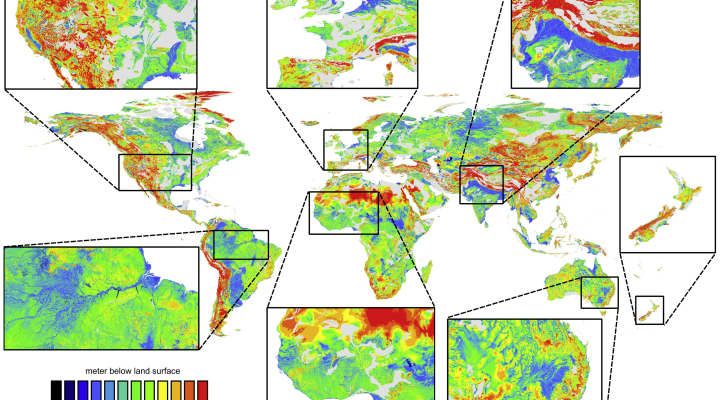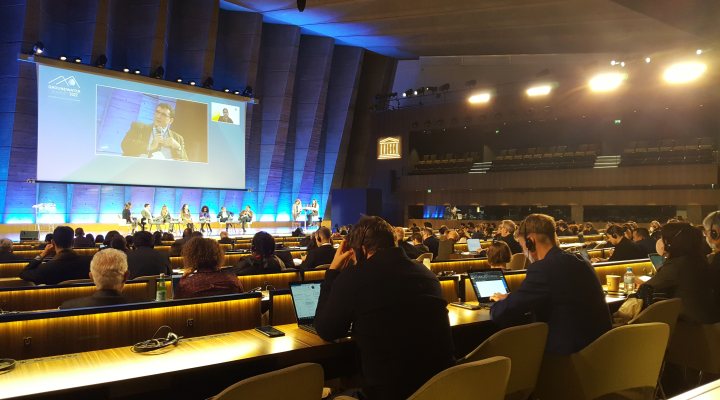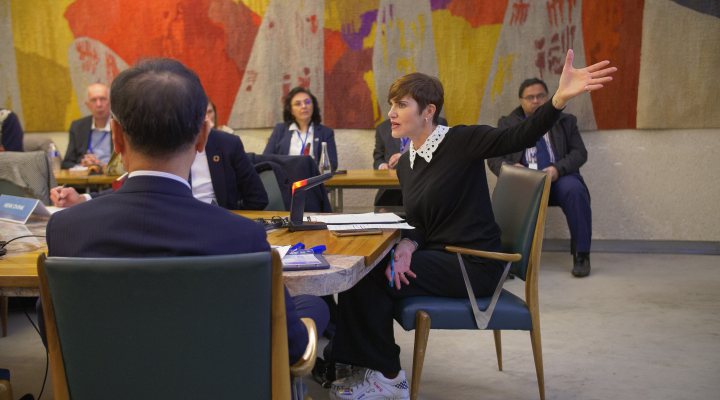
State of Global Water Resources 2022 includes groundwater levels
The State of Global Water Resources 2022 report of the World Meteorological Organization (WMO) is the first edition which takes groundwater into account. The section on groundwater levels has been coordinated and written by the International Groundwater Resources Assessment Centre (IGRAC), UNESCO Global Groundwater Centre based in the Netherlands. It is the first attempt at reporting on the quantitative status of aquifers based on in-situ monitoring data.
“We hope, with this report, to motivate more countries to monitor groundwater, share and analyse the data and use the information for decision-making,” says Elisabeth Lictevout, IGRAC Director.
Hydrological cycle spinning out of balance
The hydrological cycle is becoming out of balance as a result of climate change and human activities, according to a new report from the World Meteorological Organization, which provides an extensive assessment of global water resources.
Droughts and extreme rainfall events are wreaking a heavy toll on lives and economies. Melting snow, ice and glaciers have increased hazards like floods and threaten long-term water security for many millions of people. And yet, far too little is known about the true state of the world’s freshwater resources. We cannot manage what we do not measure, says the WMO State of Global Water Resources 2022 report calling for a fundamental policy shift.
There must be improved monitoring, data-sharing, cross-border collaboration, and assessments of water resources – and an accompanying increase in investments to facilitate this. This is vital to help society cope with increasing water extremes of too much or too little, it says.
Milestone for groundwater assessment
The same is particularly true for groundwater. The previous report’s edition did not include groundwater despite being the most abundant source of readily available freshwater. This indicates the lack of available and accessible groundwater monitoring data. Due to this data gap, groundwater researchers often fall back on global models or earth observations, both with their own limitations and uncertainties.
This first attempt at reporting on the quantitative status using in-situ data can, therefore, be seen as a major milestone, which will hopefully result in even more comprehensive global assessments in future editions.
“By, for the first time, reporting on the quantitative status of groundwater in a global report, we hope to show countries the basic information that can be produced with groundwater level monitoring data. This is fundamental in decision-making,” confirms Elisbeth Lictevout, IGRAC Director. “Several countries around the world developed similar methodologies to have a constant and up-to-date information on the quantitative status of groundwater at national level.
The approach
The section on groundwater levels is the result of close collaboration between IGRAC’s Groundwater specialists with the national groundwater monitoring networks from 10 pilot countries – Australia, Brazil, Canada, Chile, Czech Republic, France, South Africa, South Korea, Thailand and the USA. It resulted in a new methodology which explains the compiling of groundwater-level hydrographs in each aquifer or reporting unit.
Based on this, two indicators of the quantitative status were calculated. The first one compared the groundwater levels of 2022 with the average groundwater level over the past decade (2013-2022). The 2022 levels could then be qualified as ‘above normal’, ‘normal’ or ‘below normal’. In case there were insufficient data points or no data at all for a particular aquifer, this was indicated instead. The second indicator was the general groundwater trend for each aquifer from 2013 to 2022. These could be either ‘rising’, ‘stable’ or ‘declining’.
These two indicators complement each other and convey in a simple manner information about the state of groundwater over a given region. They have been calculated in the above-mentioned countries, where groundwater monitoring data were readily available, for demonstration purposes.
Preliminary results
The results of this preliminary study are consistent with existing information about the state of groundwater in several regions. For instance, groundwater level declines in north-central Chile, in the south-west of Western Australia or in Limpopo region in South Africa seem to be adequately captured. However, there are also regions where results and existing information disagree. The relatively short period of record (10 years) and the inadequacy of some reporting units are seen as important limiting factors.
Considering these preliminary results, the methodology is currently being consolidated and will be applied in a larger number of countries. In the next report, the earlier engagement of national services and experts will be instrumental.
The results also underline the importance of more investment of time and resources into improving in-situ groundwater monitoring, on one hand, and the importance of sharing groundwater level monitoring data, on the other hand. This will allow to understand and get a more comprehensive picture of groundwater quantitative status globally.
